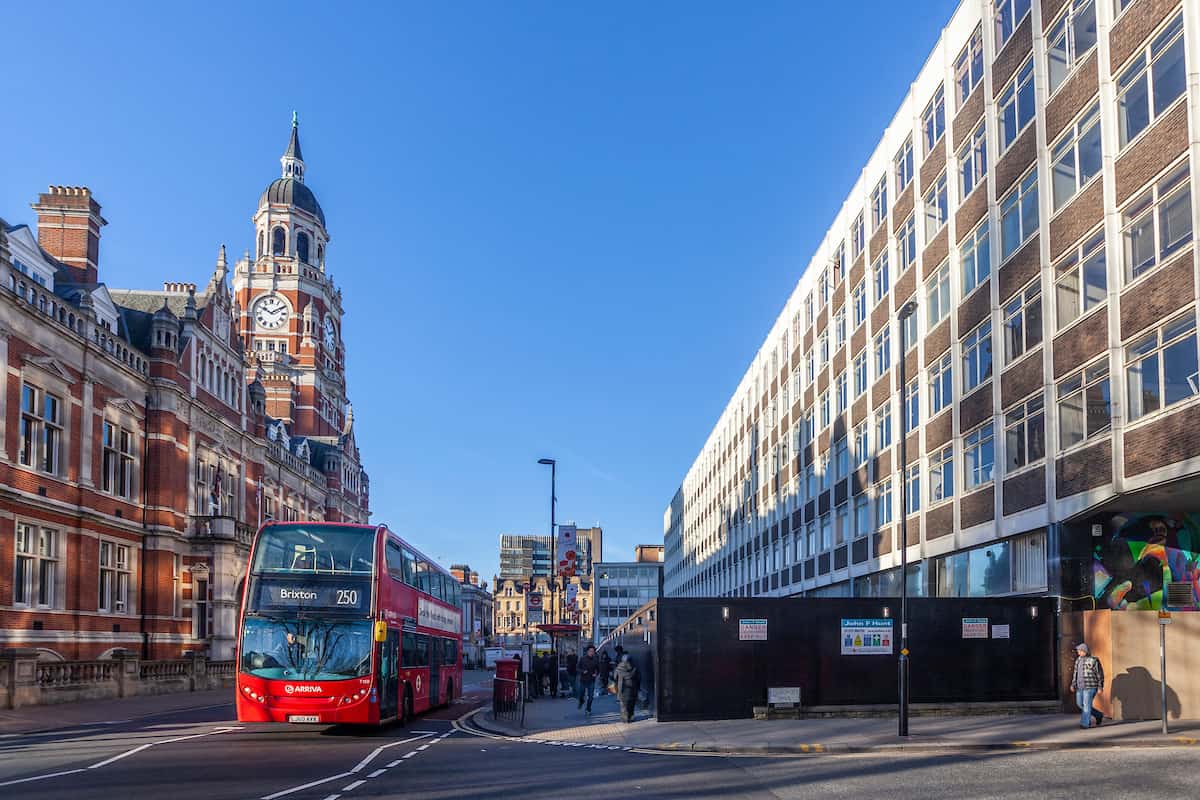Queens Square, Croydon, London, CR0
R&F Properties

44 weeks

£10.5m

London, CR0
Location & Overview
The Queen’s Square regeneration programme is a multi-phased scheme located right in the very heart of the Croydon town centre. The site is located opposite the Town Hall and next to a Historic England Listed Building Segas House, which required minimum disturbance and a smart appearance to be maintained at all times. The demolition of six structures and the breaking out of the basement slabs whilst retaining the basement walls, on a 5.4 acre site in the busy Croydon town centre.
Work, Challenges & Solutions
The demolition took place outside of peak times on a floor-by-floor basis down to the first level. The remaining structure was removed over a 10-day period during which it was agreed with TFL to divert the bus route, subject to extensive AIPs for the road assets gained by John F Hunt.
The buildings were constructed of reinforced concrete with a number of clay-pot floors and other site constraints such as extensive statutory services for retention and asbestos.
Part of this project required the successful demolition of a link bridge that overpassed a Transport for London bus route, for which access needed to be maintained. This work was carried out during the local school holidays to minimise disruption caused by bus route diversion.
A service duct ran through the site, along with four UKPN substations. Following extensive liaisons with the authorities, the substations were disconnected later than planned however, to avoid overall programme delays, we re-programmed works and protected the substations.
We communicated extensively with local businesses on the adjacent St. Georges Walk parade and issued regular newsletters. We also assisted with their bin collections to avoid disruption caused by restricted access.
Achievements
Over 10% Local Labour. Document Controller was a locally recruited Apprentice who has retained employment with John F Hunt.
During load testing, it was established that the floors were stronger than expected. This reduced propping requirements, saving time and money.
£750,000 saving for the client by proposing a more efficient asbestos removal methodology.

